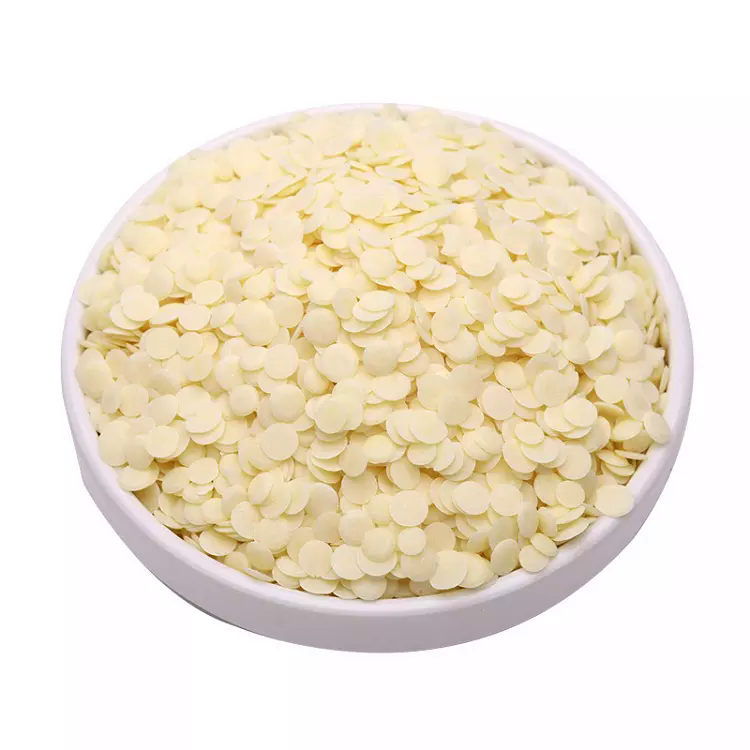Indium(III) oxide
Synonym(s):Diindium trioxide;Indium sesquioxide;Indium(III) oxide
- CAS NO.:1312-43-2
- Empirical Formula: In2O3
- Molecular Weight: 277.63
- MDL number: MFCD00011060
- EINECS: 215-193-9
- SAFETY DATA SHEET (SDS)
- Update Date: 2024-08-28 13:53:27

What is Indium(III) oxide?
Chemical properties
light green powder
Physical properties
Light-yellow powder; cubic crystal; occurs in both amorphous and crys-talline forms; pale-yellow amorphous form converts to crystalline form onheating at higher temperatures; isomorphous with hematite, Fe2O3; density7.18 g/cm3; melts around 2,000°C; insoluble in water; amorphous form dis-solves readily in mineral acids; crystalline form has low solubility in acids.
The Uses of Indium(III) oxide
Indium(III) oxide is widely utilized as a n-type semiconductor, which is used in integrated circuits as a resistive element. It finds applications in batteries and as a part of some stain formulations. It is used as thin film coatings in optical, antistatic and infrared reflectors. It is doped with tin oxide and used as transparent conductive coatings.
The Uses of Indium(III) oxide
In glass manufacture.
The Uses of Indium(III) oxide
Indium trioxide is used in specialty glass production.
Preparation
Indium trioxide may be obtained by heating indium in air or oxygen:
4In + 3O2 → 2In2O3
or by calcination of indium hydroxide, nitrate, or carbonate at elevated tem-peratures:
2In(OH)3 → In2O3 + 3H2O
In2(CO3)3 →In2O3 + 3CO2
General Description
In2O3/Au/Ag coated PET film
Hazard
See indium.
Purification Methods
Wash it with H2O and dry it below 850o. It volatilises at 850o and dissolves in hot mineral acids to form salts. Store it away from light because it darkens due to the formation of free In.
Properties of Indium(III) oxide
| Melting point: | 2000°C |
| Density | 7.18 g/mL at 25 °C(lit.) |
| vapor pressure | <0.01 mm Hg ( 25 °C) |
| Flash point: | 13°(55°F) |
| storage temp. | no restrictions. |
| solubility | Soluble in hexane and toluene. Insoluble in alcohols |
| form | nanopowder |
| color | Yellow |
| Specific Gravity | 7.179 |
| Water Solubility | Insoluble in water. |
| Merck | 14,4952 |
| Exposure limits | ACGIH: TWA 0.1 mg/m3 NIOSH: TWA 0.1 mg/m3 |
| Stability: | Stable. Not flammable. Incompatible with acids. |
| CAS DataBase Reference | 1312-43-2(CAS DataBase Reference) |
| NIST Chemistry Reference | indium(III) oxide(1312-43-2) |
| EPA Substance Registry System | Indium oxide (In2O3) (1312-43-2) |
Safety information for Indium(III) oxide
| Signal word | Warning |
| Pictogram(s) |
 Flame Flammables GHS02  Exclamation Mark Irritant GHS07  Health Hazard GHS08 |
| GHS Hazard Statements |
H225:Flammable liquids H315:Skin corrosion/irritation H319:Serious eye damage/eye irritation H332:Acute toxicity,inhalation H335:Specific target organ toxicity, single exposure;Respiratory tract irritation H336:Specific target organ toxicity,single exposure; Narcotic effects H361:Reproductive toxicity |
| Precautionary Statement Codes |
P201:Obtain special instructions before use. P210:Keep away from heat/sparks/open flames/hot surfaces. — No smoking. P261:Avoid breathing dust/fume/gas/mist/vapours/spray. P303+P361+P353:IF ON SKIN (or hair): Remove/Take off Immediately all contaminated clothing. Rinse SKIN with water/shower. P305+P351+P338:IF IN EYES: Rinse cautiously with water for several minutes. Remove contact lenses, if present and easy to do. Continuerinsing. P405:Store locked up. |
Computed Descriptors for Indium(III) oxide
Indium(III) oxide manufacturer
Star Earth Minerals Pvt Ltd
New Products
(S)-3-Aminobutanenitrile hydrochloride 4-Methylphenylacetic acid N-Boc-D-alaninol N-BOC-D/L-ALANINOL Tert-butyl bis(2-chloroethyl)carbamate 3-Morpholino-1-(4-nitrophenyl)-5,6-dihydropyridin- 2(1H)-one Furan-2,5-Dicarboxylic Acid Tropic acid S-2-CHLORO PROPIONIC ACID ETHYL ISOCYANOACETATE 2-Bromo-1,3-Bis(Dimethylamino)Trimethinium Hexafluorophosphate 4-IODO BENZOIC ACID 3-NITRO-2-METHYL ANILINE 1-(2,4-DICHLOROPHENYL) ETHANAMINE (2-Hydroxyphenyl)acetonitrile 4-Bromopyrazole 5,6-Dimethoxyindanone 2-(Cyanocyclohexyl)acetic acid 4-methoxy-3,5-dinitropyridine 1-(4-(aminomethyl)benzyl)urea hydrochloride 2-aminopropyl benzoate hydrochloride diethyl 2-(2-((tertbutoxycarbonyl)amino) ethyl)malonate tert-butyl 4- (ureidomethyl)benzylcarbamate Ethyl-2-chloro((4-methoxyphenyl)hydrazono)acetateRelated products of tetrahydrofuran








You may like
-
 Indium(III) oxide 99%View Details
Indium(III) oxide 99%View Details -
 Indium oxide, Tin doped, polymeric precursor CAS 1312-43-2View Details
Indium oxide, Tin doped, polymeric precursor CAS 1312-43-2View Details
1312-43-2 -
 Indium oxide, Tin doped, polymeric precursor CAS 1312-43-2View Details
Indium oxide, Tin doped, polymeric precursor CAS 1312-43-2View Details
1312-43-2 -
 Indium(III) oxide CAS 1312-43-2View Details
Indium(III) oxide CAS 1312-43-2View Details
1312-43-2 -
 Indium(III) oxide CAS 1312-43-2View Details
Indium(III) oxide CAS 1312-43-2View Details
1312-43-2 -
 Indium(III) oxide CAS 1312-43-2View Details
Indium(III) oxide CAS 1312-43-2View Details
1312-43-2 -
 Indium(III) oxide CAS 1312-43-2View Details
Indium(III) oxide CAS 1312-43-2View Details
1312-43-2 -
 Indium(III) oxide CAS 1312-43-2View Details
Indium(III) oxide CAS 1312-43-2View Details
1312-43-2